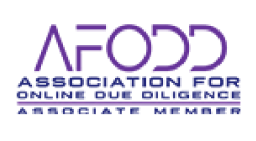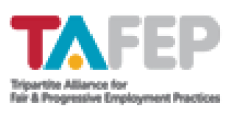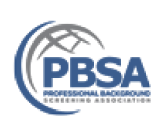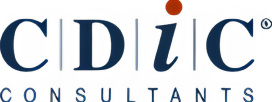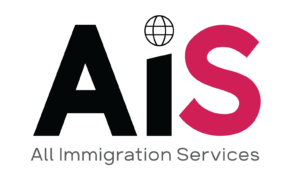Diversity, equity and inclusion (DEI) has become a ubiquitous term in the HR space. This movement accelerated in the past decade, as the scrutiny of social issues pushed DEI into the limelight and into the workplace.
Besides being a progressive ideal, there are practical benefits to putting DEI in the centre of one’s work culture too. Studies have found that diverse and inclusive workplaces create conditions that allow for outsized financial returns by up to 36% compared to companies which do not have DEI initiatives in place.
Considering the impact of DEI, developing this culture is vital for ensuring prolonged business success. But it’s not enough to cultivate this internally – DEI must be aligned with new hires when sourcing for talent as well.
So, how should your hiring and screening processes be adjusted to ensure that the talent you bring on board is inclusive? Here are four tips to help.
1. Remove unnecessary information from applications to curb unconscious bias
Unconscious bias can take root even at the resume screening stage. To be more diverse, organisations should remove names from job applications, as these may reveal the candidate’s gender, race, and religion. With the removal of such identifiers, HR and business decision-makers decide whether to move forward with a candidate’s application based purely on their merit.
Questions that pertain to a candidate’s age and marital status should also be excluded, as these may bring up unconscious biases.
2. Write inclusive job descriptions
Another important step in the hiring process is the use of inclusive job descriptions. Neutral language helps candidates feel welcome when they submit their applications.
A simple way to start would be the use of gender-neutral language. With gender-neutral job titles and adjectives, and pronouns like “you” or “them”, organisations are giving candidates and potential applicants the impression that they are being addressed directly.
Other linguistic nuances may negatively impact DEI initiatives. For instance, the use of words like “energetic” or “fast-paced” may signal to potential candidates that the position is more suited to a younger employee, thus dissuading older people from applying. A better way of writing job descriptions would be to focus on skills and experience instead.
3. Accessibility of job openings and vacancies
Job descriptions should state clearly your organisation’s culture and DEI initiatives. Additionally, it can be helpful to have actual images of your team instead of stock photos that may seem to trivialise minorities. The use of dyslexia-friendly fonts, as well as other types of content (such as video clips, audio clips, alternative texts for images in case they do not load, and colour contrast standards for the colour-blind) will also help you reach out to and resonate better with under-represented jobseekers.
Digitally, career websites should adhere to Web Content Accessibility Guidelines. Companies should also make use of print ads, job fairs and boot camps to reach out to all demographics.
4. Conduct a DEI audit to measure your hiring program
An evaluation and audit of your DEI initiatives is also needed once these hiring guidelines have been put in place.
With proper management and adherence to DEI-conducive guidelines, hiring rates should be comparable among candidates from all walks of life. Promotion rates should also be fair and organisational leadership should be diverse and fairly represented.
If any group is under-represented, there could be a cultural mismatch, and the organisation will need to ramp up its efforts on the DEI front to mitigate reputational risk. Pre-employment assessment could help address the issue.
Getting DEI right through rigorous and equitable screening
As HR functions grow in scope, getting DEI hiring right has become another challenge for HR leaders. However, this is an important aspect of talent acquisition, with tangible costs and benefits to your organisation. To empower your organisation and your hiring managers to make the best decisions, you need a well-developed structure for DEI initiatives.
Reach out today to learn more about how our screening and risk management solutions can give you a leg-up on the DEI front and improve your standing among potential candidates and talents.
